

E-book published in 2012 by Encyclopdia Britannica, Inc., in association with Arcturus Publishing Limited, 26/27 Bickels Yard, 151-153 Bermondsey Street, London SE1 3HA. Britannica, Encyclopdia Britannica, and the Thistle logo are registered trademarks of Encyclopdia Britannica, Inc.
ISBN 978-1-61535-655-3 (e-book)
This edition first published in 2010 by Arcturus Publishing
Distributed by Black Rabbit Books
P.O. Box 3263
Mankato
Minnesota MN 56002
Copyright 2010 Arcturus Publishing Limited
The right of Anne Rooney to be identified as the author of this work has been asserted by
her in accordance with the Copyright, Designs, and Patents Act 1988.
All rights reserved.
Series concept: Discovery Books Ltd.
www.discoverybooks.net
Editors: Amy Bauman and Rachel Minay
Designer: D. R. ink
Consultant: Xanthe Fry, School Counselor and Educational Consultant
Illustrator: Keith Williams
Picture researchers: Tamsin Osler and Rachel Tisdale
Library of Congress Cataloging-in-Publication Data
Rooney, Anne.
Alcohol / Anne Rooney.
p. cm. -- (Teen FAQ)
Includes index.
1. Alcoholism--Juvenile literature. 2. Alcohol--Physiological effect--Juvenile literature. 3.
Drinking of alcoholic beverages--Juvenile literature. I. Title.
HV5066.R66 2011
613.81--dc22
2010010638
Picture credits
Corbis: 11 (Mango Productions), 12 (Tomas Rodriguez), 15 (Lance Iversen/San Francisco Chronicle), 21 (Bob Thomas), 23 (Goodshoot), 27 (Jeremy Woodhouse/Blend Images), 28 (Juice Images), 29 (Kevin Dodge), 30 (Richard Hutchings). Exactostock/SuperStock: cover. Getty Images: 16 (Matt Cardy), 19 (Caroline Purser), 26 (Justin Sullivan), 33 (Charlie Schuck), 35 (Kevin Fitzgerald), 42 (Purestock). Istockphoto.com: 7 (Dane Wirtzfeld), 18 (Ryerson Clark), 32 (Jill Chen), 39 (Tyson Paul), 45 left (Jill Chen), 45 right (Ryerson Clark). Photofusion: 6. Science Photo Library: 14 (Arthur Glauberman). Shutterstock: 8 (Jason Stitt), 9 top (iofoto), 9 bottom (Anton Prado PHOTO), 17 (MarFot), 20 (Monkey Business Images), 22, 24, 25 (Alex Hinds), 31 (Christopher Futcher), 34 (Anatema), 37 (iofoto), 38 (Corepics), 40 (prism68), 41 (Lisa F. Young), 43 (Gladskikh Tatiana).
Every attempt has been made to clear copyright. Should there be any inadvertent omission, please apply to the copyright holder for rectification.
SL001456US
Supplier 03, Date 0510
Contents
1
Is alcohol a problem?
Youve probably seen articles on television and in magazines and newspapers about the alcohol problem, and you may have wondered what the fuss is all about. Why is alcohol suddenly a problem?
Changes in drinking habits
Every generation grumbles that young people are unruly, undisciplined, drink more, and are more badly behaved than their elders ever werewe can even find it in writings of the Romans. But it is true that the health and social problems caused by drinking alcohol have become worse in recent years than they were in the mid-twentieth century.

More and more young people are starting to drink alcohol, often below the legal age. It can have an impact on their personal health, their families, and society as a whole.
 WHAT IS ALCOHOL?
WHAT IS ALCOHOL?
Alcohol is a naturally occurring chemical that is produced by the action of yeast on sugar. The chemical process that produces alcohol is called fermentation; chemicals from the sugar are converted into a substance that chemists call ethanol and most people know as alcohol.
People of all ages are drinking more now than in the past, and drinks contain more alcohol than they used to. The average American drank 7.8 litres of alcohol in 1960, and this had risen to 8.3 litres by 2000. In the United Kingdom, alcohol consumption doubled in the same period.
Young peopleincluding many who are below the legal age to buy alcoholare drinking more often and in greater volumes than ever before. This is particularly worrisome, as alcohol is more harmful for young people than for adults.
NOTHING NEW
Alcohol has been used for thousands of years. In the past, in places where there was no clean drinking water, fermented drinks were the safest thing to drink, as alcohol kills germs. People have drunk alcohol as a medicine, as part of religious or magic rituals, and just because they like it.
Does my sister drink too much?
Dear Agony Aunt,
Im worried about my older sister. She and her college friends go out clubbing most weekends. They drink two or three bottles of wine between four of them, and they have shots of vodka as well. Is it bad for her?
Kathryn, 17
Dear Kathryn,
Your sister and her friends are drinking at dangerous levels. The body cant cope well with lots of alcohol in one drinking session, so your sister could be doing real damage to her body. Try suggesting that when she goes out she drinks nonalcoholic cocktails between alcoholic drinks. She should aim to cut her drinking to a safer level (see page : Safe drinking limits).

Measuring alcohol
The amount of alcohol in a drink is indicated by a figure on the packaging showing the abv or alcohol by volume. This is the percentage of a drink that is pure alcohol. If a drink is marked as 10 percent abv or 10 percent vol, then in 12 ounces of the drink there are 1.2 ounces of pure alcohol. Some drinks show instead a figure for proof, which is an older way of measuring alcohol content. Proof is double the abv figure, so a drink that is 40 percent proof is 20 percent alcohol by volume.

Keeping track
To make it easier to keep track, alcohol consumption is measured in standard drinks (United States and Australia) or units (United Kingdom). Its important to follow country guidelines as they refer to local measures for drinks.
In the United States
1 standard drink = 0.5 oz (13.6 g) of pure alcohol
= 12 oz of beer or cooler
= 5 oz of wine
= 89 oz of malt liquor
= 1.5 oz of spirits (hard liquor)
In the United Kingdom
1 unit = 10 ml (8 g) of pure alcohol
= a third of a pint of beer that is 56% abv
= half a standard (175 ml) glass of wine that is 12% abv
= a single measure (25 ml) of spirits that is 40% abv
In Australia
1 standard drink = 10 g of pure alcohol
= 375 ml of beer that is 3.5% abv
= 100 ml of wine
= one nip (30 ml) of spirits
However, glasses used to serve wine may be bigger than the standard size, and many drinks are stronger than this. Strong beers are those over 6 percent abv and many wines are 14 percent abv.
Next page

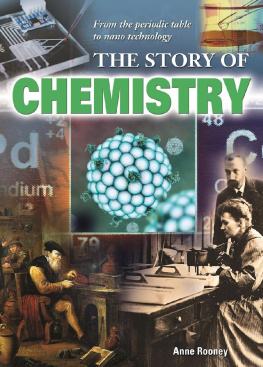
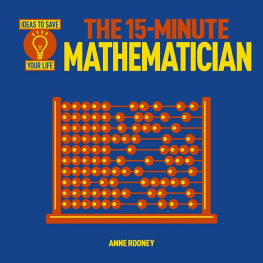
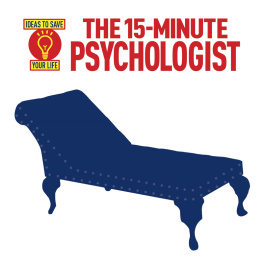

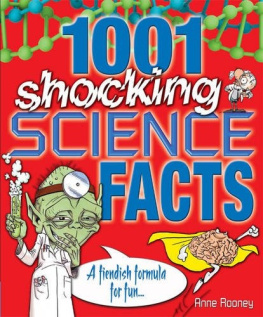

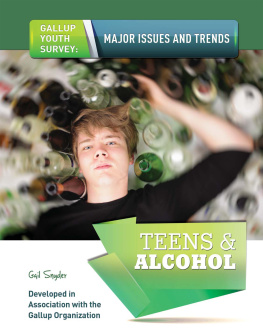


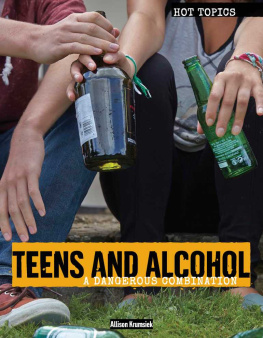
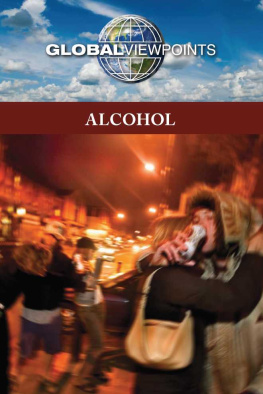
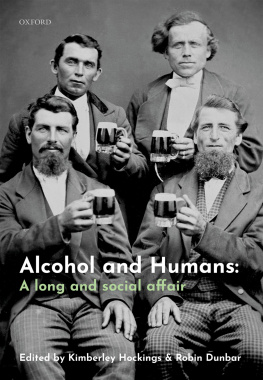
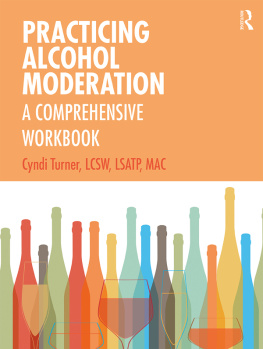
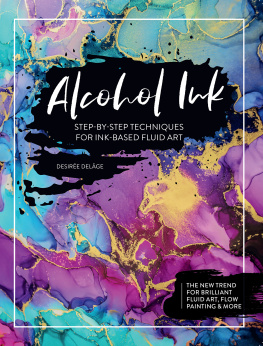
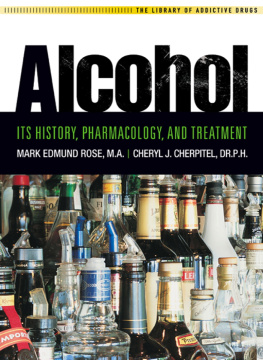

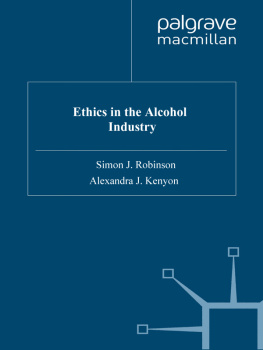



 WHAT IS ALCOHOL?
WHAT IS ALCOHOL?
